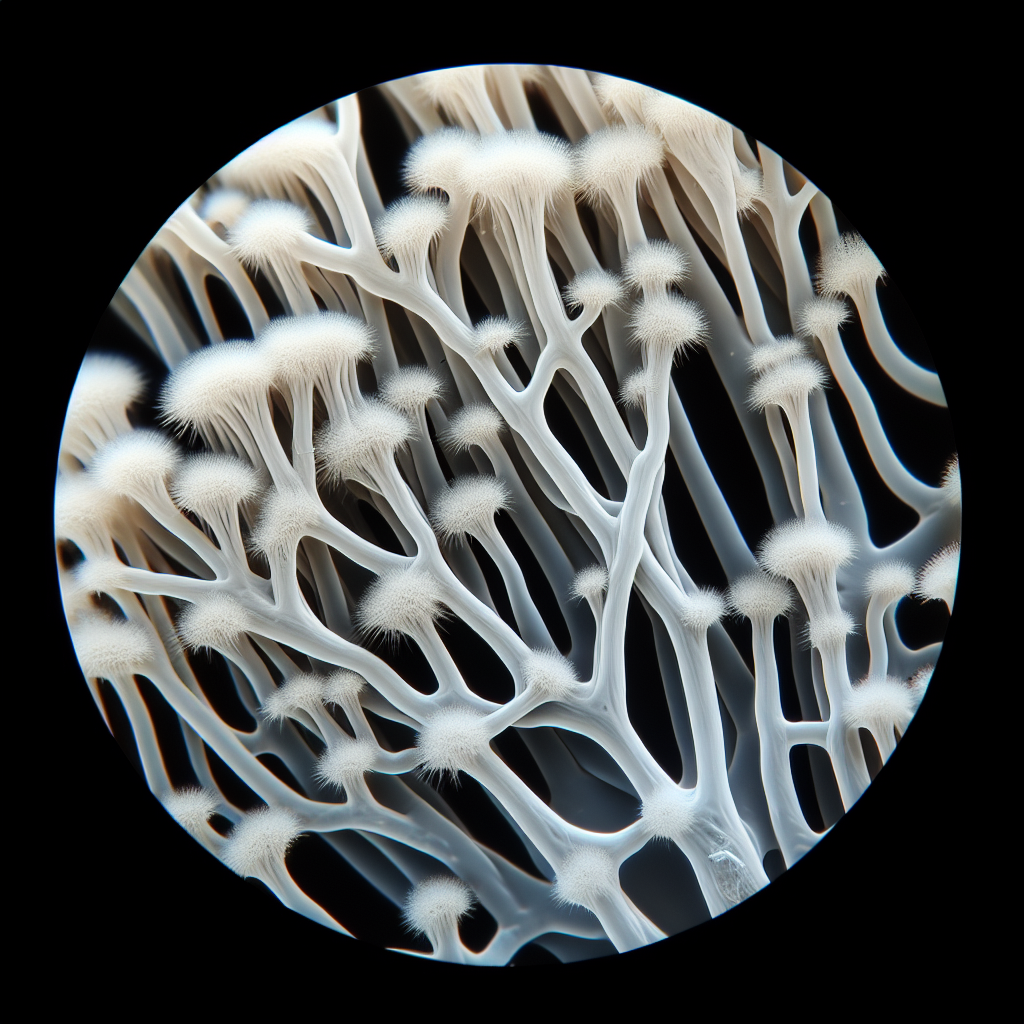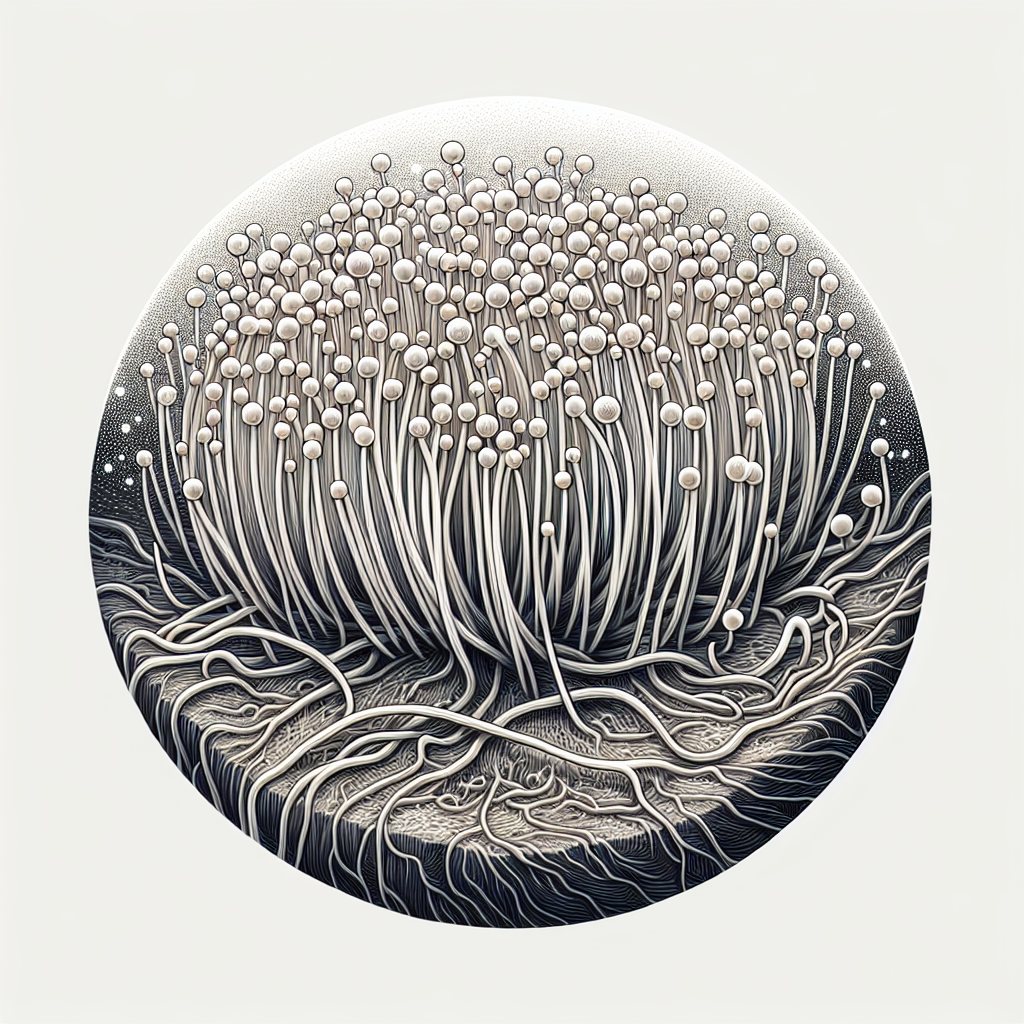Navigating through the intriguing world of mycology often poses a myriad of fundamental questions. Your interest in the time it takes for mycelium to colonize a substrate is not only unique but key to decoding its cultivation cycle. The following article titled “Understanding the Colonization Time of Mycelium on Substrate” aims to enlighten you on the intricacies involved in mycelium colonization. From details concerning the growing phase to factors influencing colonization pace, you’re about to unravel the complexities of mycelium growth, thereby bestowing you with newfound knowledge and perspective about this intricate biological process.
Understanding Mycelium
Definition of mycelium
Mycelium is the vegetative part of a fungus that consists of a network of thread-like hyphae. It is integral to the life cycle of the fungus, allowing it to absorb nutrients from its environment and grow.
Importance of mycelium
Mycelium serves a crucial role in both the life cycle of a fungus and the ecosystem at large. It absorbs nutrients from its surroundings and uses them to build a robust fungal biomass. Also, its intricate network aids in decomposing organic material, enhancing the soil’s nutrient content, thereby playing a pivotal role in the ecosystem’s nutrient cycling.
Life cycle of mycelium
The mycelium’s life cycle begins with the germination of a spore that grows out as a hypha. The expansion of the hyphae results in the formation of a network known as mycelium. When the environmental conditions become suitable, the mycelium forms fruiting bodies, which produce spores. The release of these spores into the environment completes the life cycle.
The Colonization Process of Mycelium
Description of the colonization process
The colonization process of mycelium involves the mycelium’s growth across a given substrate. It starts with the inoculation of a substrate with fungal spores or mycelium fragments, followed by the establishment and spread of the mycelium across the substrate.
Stages in mycelium colonization
The mycelium colonization process typically involves three stages: the inoculation stage, where the substrate is introduced to the fungus; the incubation stage, during which the mycelium multiplies across the substrate; and the consolidation stage, when the mycelium fully colonizes the substrate.
Factors influencing mycelium colonization
Various factors influence mycelium colonization, including the type and quality of the substrate, surrounding environmental conditions like temperature and humidity, and the health and vitality of the fungal inoculant.

Substrate and Mycelium
Role of substrate in mycelium colonization
The substrate plays a vital role in mycelium colonization, providing the necessary nutrients and environment for the mycelium to grow and spread. It also affects the rate at which the fungus can colonize the substrate.
Different types of substrates
Substrates used in mycelium colonization can range from organic matter like straw or wood chips to certain synthetic mediums. The choice of substrate depends on the type of fungus being cultivated and the intended application.
Ideal conditions of the substrate for mycelium colonization
The substrate’s ideal conditions depend on the type of fungus being cultured. In general, it should be moist (but not waterlogged), possess sufficient nutrients for the fungus to thrive, be free of contaminants, and have a neutral to slightly acidic pH level.
The Time It Takes for Mycelium to Colonize Substrate
Factors determining the colonization time
The time it takes for mycelium to fully colonize a substrate depends on various factors, including the type of fungus and substrate, the temperature and humidity of the environment, and the substrate’s preparation.
Average time it takes for colonization
On average, mycelium colonization can take anywhere from one to four weeks or more, depending on the factors mentioned above. Some fast-growing fungi may colonize their substrate within a week, while others might need several weeks.
Methods to accelerate colonization time
Several methods can be used to hasten colonization time. These include optimizing environmental conditions, using high-quality substrate and inoculated with a vigorous mycelium, and employing physical efforts, like shaking the substrate to distribute the mycelium more evenly.

Effects of Environmental Conditions on Colonization Time
Impact of temperature
Temperature plays a critical role in mycelium colonization time. While the ideal temperature range varies based on the fungal species, deviations from the optimum temperature can slow down mycelium growth or even halt it altogether.
Influence of humidity
Like temperature, humidity also significantly affects mycelium colonization. While mycelium requires a moist environment to grow, excess humidity might lead to waterlogged substrate and impede mycelium growth.
Role of light and darkness
While light isn’t primarily required for mycelium growth, it can influence the direction of mycelium growth. Darkness, on the other hand, is often recommended during the colonization process.
Effect of air circulation
Air circulation is essential to prevent the build-up of CO2 and other gases that can negatively impact mycelium growth. However, excessive air exchange can potentially dry out the substrate and impede colonization.
Signs of Full Mycelium Colonization
Visual indicators
Visible white growth covering the entire substrate is a clear indicator of successful mycelium colonization. The absence of any other colors, especially green and black, is also a good sign, as these colors usually signal contamination.
Time-based indicators
If the substrate remains uncolonized after several weeks or months, it can indicate a problem with the colonization process.
Other signs of successful colonization
Certain substrates might cause the mycelium to produce a distinctive smell similar to fresh mushrooms when fully colonized.
Troubleshooting Unsuccessful Colonization
Common problems and solutions
Some common problems encountered during the colonization process include contamination, inadequate environmental conditions, or poor quality substrate or inoculant. Solving these issues might involve sterilizing the substrate, adjusting the environmental conditions, or sourcing better-quality materials.
Dealing with possible contaminations
If contamination is detected, it’s usually best to dispose of the contaminated batch to prevent its spread. Future batches should then be prepared more carefully, with greater emphasis on hygiene and cleanliness.
Re-starting the colonization process
Restarting the colonization process involves preparing a new batch of sterilized substrate, inoculating it with the fungus, and fostering the right conditions for growth.
Exploring the use of Supplements during Colonization
Benefits of supplements
Supplements can provide additional nutrients to the fungus, promoting its growth and speeding up the colonization process.
Different types of supplements
Supplements might include nitrogen-rich additives like brewer’s grain, soybean meal, or cottonseed meal. The choice of supplement varies depending on the fungus species.
When and how to apply supplements
Supplements can be mixed into the substrate before inoculation. The quantity used should be precise, as too much can lead to bacterial contamination, while too little might not have any beneficial effect.
Importance of Sterilization in Mycelium Colonization
Role of Sterilization
Sterilization plays a critical role in mycelium colonization, essentially removing potential competitors and contaminants that could hinder the fungus’s growth.
Different sterilization techniques
Sterilization techniques include autoclaving, pasteurizing, or cold sterilization with chemicals like hydrogen peroxide. The choice of technique depends on the substrate’s nature and resources available.
Post-sterilization care
Post-sterilization, care should be taken to keep the substrate free from potential contaminants. This could involve handling the substrate in a clean environment and using sanitized tools.
Potential Application and Use of Colonized Substrates
Commercial uses of mycelium
Colonized substrates can be used for mushroom cultivation, a process with significant commercial value. Additionally, mycelium is increasingly being explored as a sustainable material in industries like construction and fashion.
Scientific and research applications
In the scientific community, colonized substrates can be used for various purposes, including studying fungal life cycles, genetic engineering, and the development of new biological products.
Other possible uses and future prospects
Other uses of colonized substrates include their application in environmental restoration, particularly in the remediation of contaminated soils. Additionally, the prospects of using mycelium in the creation of biofuels are currently under investigation.
